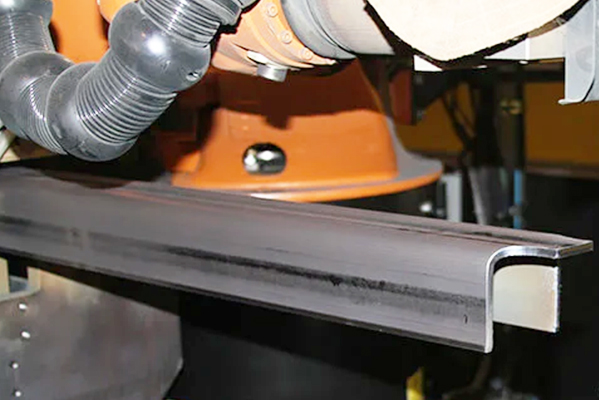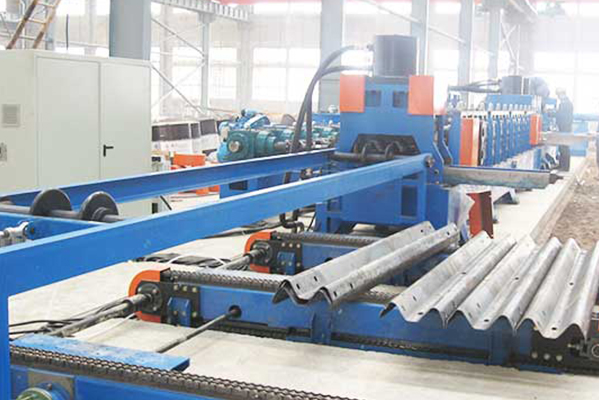Navigation Menu
Contact Us
- Email:
- info@wxavatar.com
- Address:
- Yurong Village, Yuqi Street, Huishan District, Wuxi, China.
Release Date:Jul 30, 2025 Visit:36 Source:Roll Forming Machine Factory
Roll forming machines offer numerous advantages for metal fabrication, including efficient production of consistent, high-quality profiles. However, manufacturers often encounter several challenges when implementing this technology. Understanding these obstacles can help businesses make informed decisions and optimize their production processes.

1. High Initial Investment Costs
One of the primary barriers to adopting roll forming machines is the significant upfront cost. Advanced roll forming systems require substantial capital expenditure, including tooling, setup, and integration with existing production lines. Small and medium-sized manufacturers may find it difficult to justify the investment without guaranteed returns.
2. Complex Tooling and Setup
Roll forming relies on precise tooling to shape metal into desired profiles. Designing and manufacturing these tools requires specialized expertise, and any miscalculations can lead to defects in the final product. Additionally, changing profiles often necessitates tooling adjustments, which can result in downtime and increased labor costs.
3. Material Limitations
While roll forming is versatile, not all materials are equally suitable. Some metals may be prone to cracking, warping, or inconsistent shaping during the process. Manufacturers must carefully select materials that align with the machine's capabilities to avoid quality issues.
4. Skilled Labor Requirements
Operating a roll forming machine effectively demands skilled technicians who understand tooling adjustments, machine calibration, and troubleshooting. The shortage of qualified personnel in some regions can delay production and increase training costs.
5. Production Speed vs. Flexibility
Roll forming excels in high-volume production but may lack the flexibility needed for short runs or frequent design changes. Manufacturers producing customized or low-volume orders may struggle to maximize efficiency, as retooling between different profiles can be time-consuming.
6. Maintenance and Wear
Continuous operation leads to wear on rollers, guides, and other components. Regular maintenance is essential to prevent breakdowns and ensure consistent product quality. Neglecting upkeep can result in unplanned downtime and costly repairs.
7. Integration with Existing Systems
Incorporating a roll forming machine into an established production line can present compatibility challenges. Manufacturers may need additional equipment, such as straighteners or cut-off systems, to ensure seamless workflow integration.
8. Competitive Market Pressures
As more manufacturers adopt roll forming technology, competition intensifies. Companies must differentiate themselves through superior product quality, faster turnaround times, or cost efficiencies to remain competitive.

Conclusion
Despite these challenges, roll forming machines remain a valuable asset for manufacturers seeking efficient, high-volume metal shaping solutions. By addressing tooling complexities, labor requirements, and maintenance needs, businesses can mitigate risks and maximize the benefits of this technology. Careful planning and investment in training and equipment can help manufacturers overcome these obstacles and enhance their production capabilities.